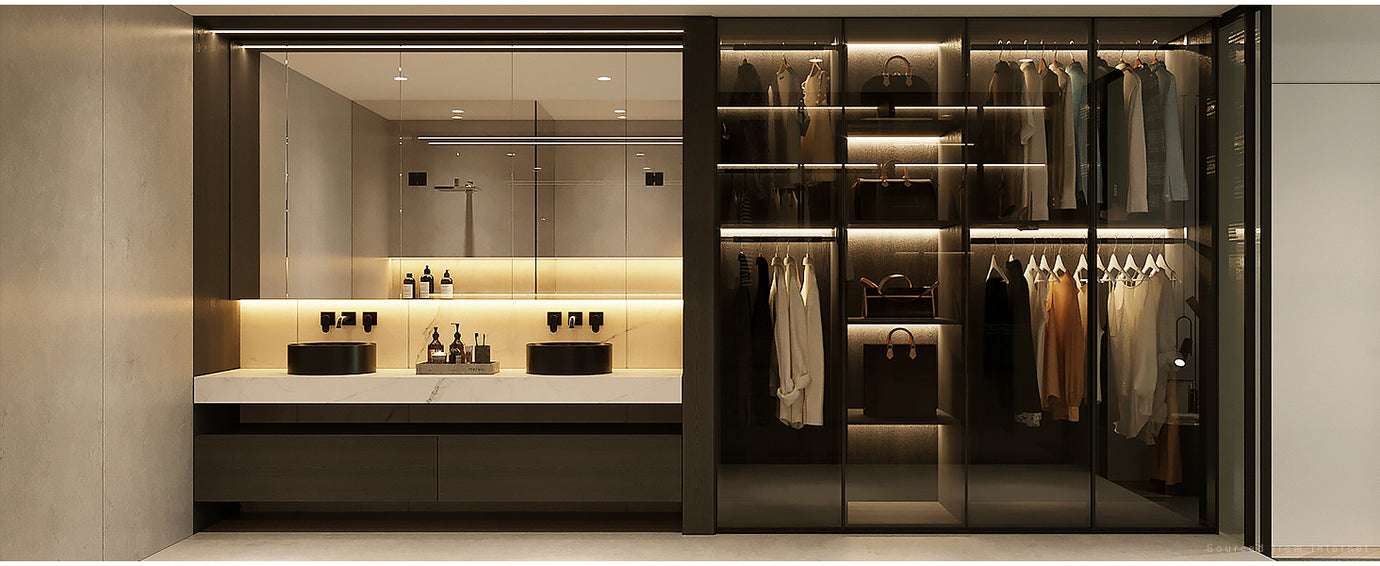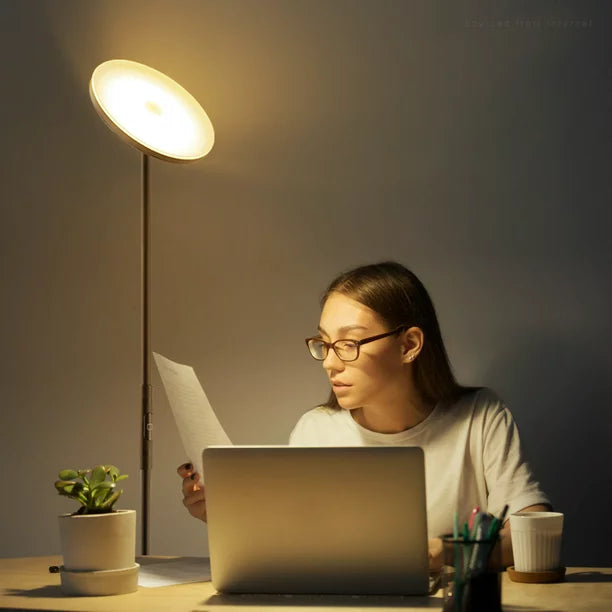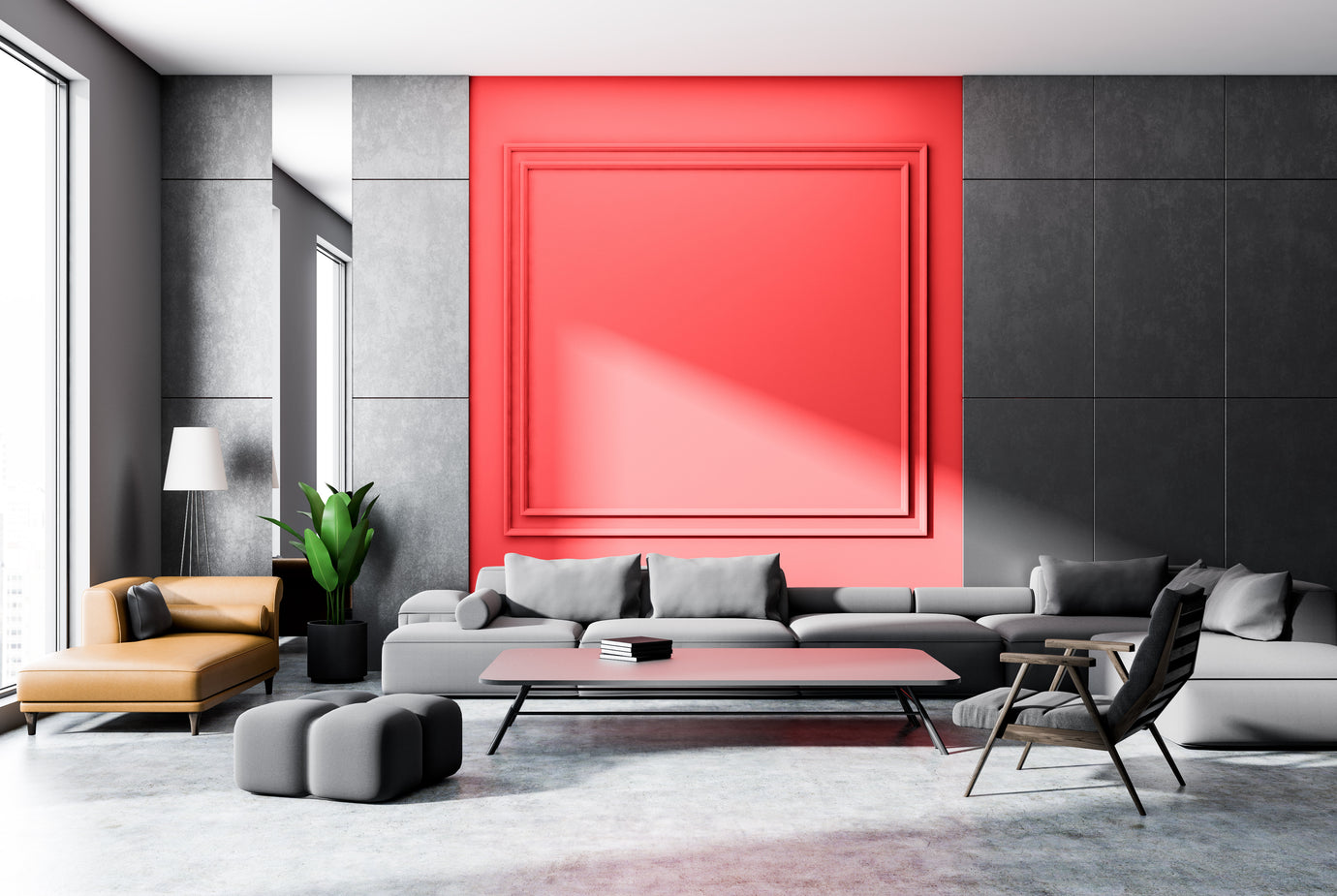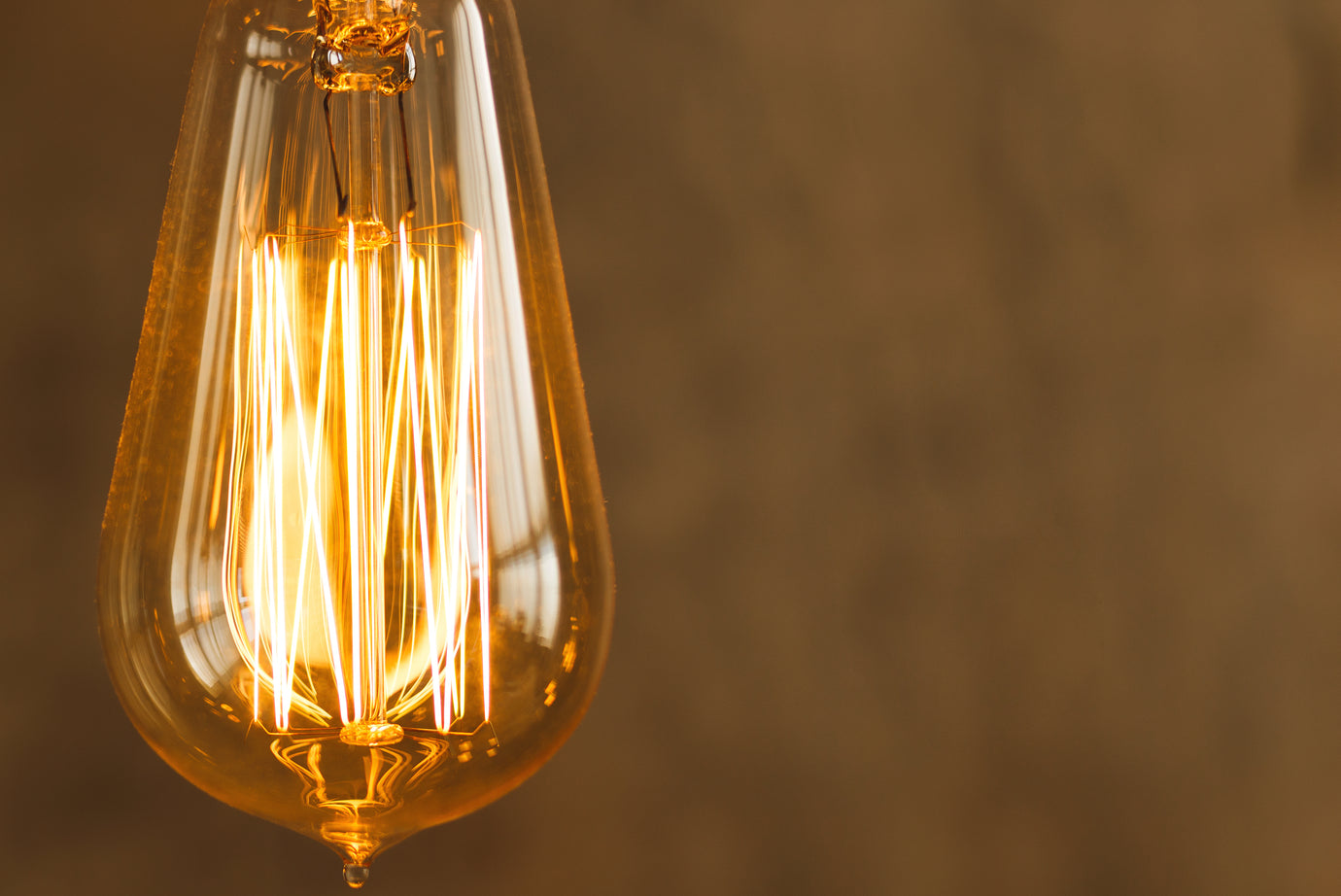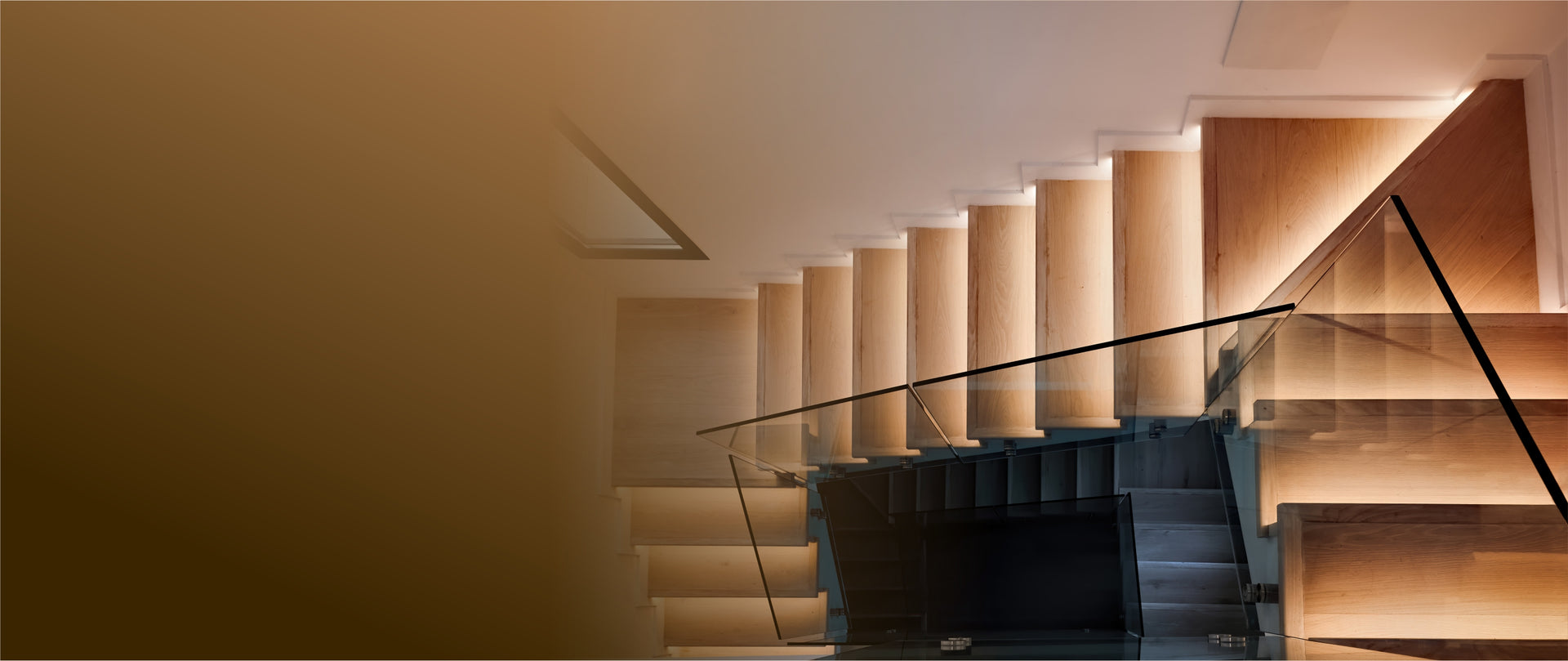The Relationship Between Lighting, Scene, Space, and Human Psychology

Our world is constructed of a myriad of scenes, each one meticulously designed, knowingly or unknowingly, to interact with our senses and evoke a certain feeling. One element that plays a particularly pivotal role in this sensory dance is light. Light, whether natural or artificial, significantly impacts our experience of a place and its ambiance. This phenomenon is most evident in high-end restaurants, where lighting is delicately controlled to enhance comfort, create intimacy, and foster a unique dining experience.

An Illuminating Atmosphere
Why is it that the dimly lit, softly glowing environment of a luxury dining establishment makes us feel so at ease? To answer this question, we delve into the science of lighting, scene, space, and human psychology.
The careful orchestration of lighting in upscale restaurants is more than just an aesthetic choice; it is a strategic move informed by psychological and sensory research. Lower lighting levels create a relaxed atmosphere, allowing guests to unwind and feel at ease. This softer illumination reduces strain on our eyes and blurs imperfections, leading to a feeling of warmth and intimacy.
The Scene Unfolds
The ambiance created by lighting plays a crucial role in setting the scene. Imagine walking into a restaurant with harsh, bright lights - your eyes would strain to adjust, and you would likely feel overwhelmed and uncomfortable. However, when you enter a space with subdued lighting, your eyes relax, your stress levels decrease, and your focus subtly shifts to the immediate surroundings - the people, the food, and the architectural beauty of the space. This immersion creates a deeper connection with the experience the restaurant aims to offer.

Space: The Final Frontier
The way light interacts with space further deepens this connection. Consider how the strategic use of shadows and highlights can emphasize certain architectural features, guide people's movements, and create visual depth. This interaction between light and space helps define the restaurant's aesthetic, transforming a simple meal into an experiential journey.
The choice of lighting also influences the perceived size and openness of a space. Soft, indirect lighting often makes a room feel more spacious and luxurious, whereas direct, bright light can make a space feel smaller and more confined.
The Psychological Impact
Now, let's delve into the depths of our minds. How does lighting influence our psychology? Research has shown that different lighting conditions can trigger various psychological responses. Warmer, dimmer lights evoke a sense of calm, reducing anxiety and stress. They stimulate our relaxation response, helping us to enjoy the experience more deeply.
Furthermore, soft lighting encourages lingering. It contributes to longer dining times, allowing guests to enjoy their meal at a leisurely pace. It promotes intimate conversations and an overall more enjoyable dining experience. This, in turn, associates positive feelings and memories with the restaurant, making customers more likely to return.

Conclusion
In the grand theater of dining, light is the director, subtly guiding our experience from behind the scenes. It influences the mood, molds the scene, shapes the space, and taps into our psychological responses, turning a simple dinner into an unforgettable experience. High-end restaurants understand this intricate relationship and manipulate lighting to create a unique, comfortable, and luxuriously inviting atmosphere that not only enhances our dining experience but also keeps us coming back for more.
By understanding the interplay between light, scene, space, and human psychology, we gain a greater appreciation for the profound role of light in our lives and the spaces we inhabit. We realize that every scene we encounter is not just a visual spectacle but a carefully orchestrated symphony of sensory stimulation that influences our emotions and behavior. The light in our surroundings is not merely illuminating; it is emotive, expressive, and above all, quintessentially human.



